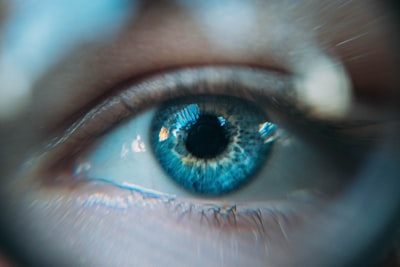Do you know of any tools that can detect deep fake videos?
This question was answered on April 18, 2024.
The number of AI tools that allow just about anyone to create fake videos is growing in both numbers and sophistication.
We should all be concerned about these tools, especially in an election year as foreign entities will likely be using them to launch disinformation campaigns.
Many companies are attempting to build tools for detecting deep fakes, but just like other detection efforts such as spam filters, they’ll never be 100% reliable.
Many of the fake videos you’ll encounter are likely to be viewed on your smartphone, which can make detection a bit more difficult.
The bad guys know this and that when you’re scrolling on social media, your mind is somewhat turned off and more susceptible to taking things at face value.
They count on the fact that people tend to believe anything that supports their already-held perspectives or beliefs without ever questioning the validity.
In the current environment, we all need to become more suspicious about everything we see and learn some basic detection techniques using our own eyes.
I’m not comfortable recommending any of the fake video detection tools available to the general public just yet.
Spotting Deep Fake Videos
The bad news is that tools for creating fake videos are evolving at an astonishing pace and they are just going to get better over time.
The good news is that the current tools are far from perfect so detecting fake videos is possible if you know what to look for when viewing them.
The first detection tip is to pause the video at various points to look for the common signs of a fake video.
Since face-swapping technology is often used by these tools, the color or texture of the face and the rest of the body is often slightly different.
You can also compare a known valid picture of the person to the paused video to see if there are clear differences in the shape of their head, body, and especially the ears.
AI-generated video interlaces a compilation of what it believes a human looks like and ears are often very unique in their shape, lines, or position in real humans.
Watch the eyes as they can sometimes look in slightly opposite directions for a split second and if the subject turns their head, small anomalies in shape and color can appear.
If their face seems somewhat waxy, that’s another indicator of face-swapping AI trying to blend a fake face on a real body.
If hands are in the video, there can be misshaped fingers or even an extra digit that briefly appears when they move.
Voice synchronization issues are another tip-off of a fake as well as blurriness around the jaws, lips, and neck as they speak especially if everything else is in perfect focus.
While you have the video paused, you can also try taking a screenshot and doing an image search online to see if the original video or references to a fake video are found.
If you’re not familiar with image searches, Google’s instructions are posted here: https://bit.ly/3w1oQJ2
About the author
 Ken Colburn of Data Doctors on April 18, 2024
Ken Colburn of Data Doctors on April 18, 2024
Need Help with this Issue?
We help people with technology! It's what we do.
Contact or Schedule an Appointment with a location for help!


